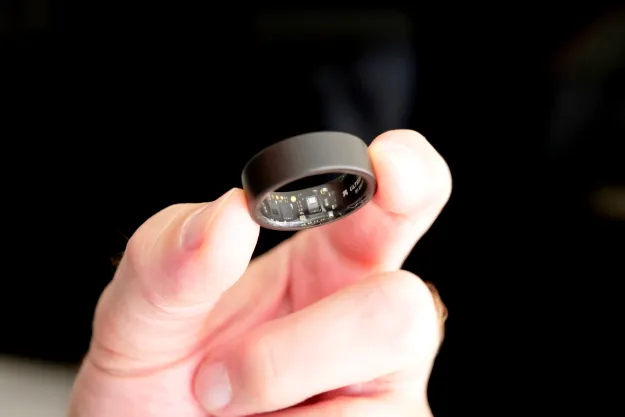
The term “skin lesion” is a fairly general one, referring to any abnormality or change in the skin’s appearance. These can vary significantly in size, shape, colour, texture, and cause. They might be something you’re born with, or something that develops over time due to factors like sun exposure, infection, inflammation, or even genetics.
It’s important to appreciate the sheer variety of skin lesions. Some are benign (non-cancerous) and pose no significant health risk, while others can be pre-cancerous or indeed malignant (cancerous). Because of this potential range, it’s always prudent to have any new or changing skin lesion examined by a qualified healthcare professional, such as your General Practitioner (GP) or a dermatologist.
Common examples of benign skin lesions include:
- Moles (Naevi): These are often small, pigmented spots that can be flat or raised. Most are harmless, but changes in size, shape, colour, or the development of itching or bleeding should be checked.
- Freckles (Ephelides): Small, flat, brown spots that typically appear on sun-exposed skin.
- Seborrheic Keratoses: These are warty, often brown or black growths that tend to appear later in life. They can look a bit concerning but are generally benign.
- Skin Tags (Acrochordons): Small, fleshy growths that often occur in skin folds.
- Warts (Verrucae): Rough, raised growths caused by a viral infection.
Conversely, some skin lesions can be indicative of more serious conditions, including various forms of skin cancer. This underscores the importance of seeking professional medical advice for any lesion that causes concern.
Lipomas: Fatty Lumps Beneath the Skin
Lipoma signs are benign tumours composed of fatty tissue. They are typically soft, doughy to the touch, and move easily under the skin. Lipomas can vary in size, from being quite small to several centimetres in diameter. They are generally painless, although they can occasionally cause discomfort if they press on nerves or blood vessels or if they are located in a particularly sensitive area.
Lipomas are quite common and can occur anywhere on the body where there is fatty tissue, but they are most frequently found on the neck, shoulders, back, abdomen, and arms. The exact cause of lipomas isn’t fully understood, but genetics may play a role in some cases. They are more common in adults between the ages of 40 and 60.
Crucially, lipomas are almost always benign and do not turn into cancer. In most cases, they do not require any treatment. However, individuals may choose to have a lipoma removed if it is causing symptoms such as pain or restricted movement or if its size or location is cosmetically bothersome.
The diagnosis of a lipoma is usually made based on a physical examination by a doctor. In some instances, particularly if the diagnosis is uncertain or if the lipoma is large or has unusual features, further investigations such as an ultrasound scan or a biopsy (where a small sample of tissue is taken for microscopic examination) may be recommended to confirm the diagnosis and rule out other possibilities.
Key Takeaways
While both skin lesions and lipomas are common, it’s vital to maintain vigilance regarding any changes in your skin. Remember:
- Any new or changing skin lesion should be assessed by a healthcare professional to determine its nature and rule out any serious conditions.
- Lipomas are benign fatty tumours that are usually harmless and often require no treatment. However, medical advice should be sought if a lump is painful, rapidly growing, or causing concern.
By seeking treatment for lipomas and skin lesions, you can effectively manage your condition and improve your overall quality of life. If you have any concerns about a skin lesion or a lump, a private surgeon like Mr Andrew Clarke provides high-quality care and support to ensure that you achieve the best possible outcome and enjoy a full recovery.









